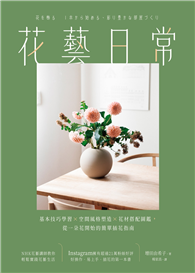For half a century, readers on peyotism have devoured La Barre's fascinating original study, which began when the author, at age twenty-four, studied the rites of fifteen American Indian tribes using Lophophora williamsii, the small, spineless, carrot-shaped peyote cactus growing in the Rio Grande Valley and southward. Continuing his research from the 1930s through the 1980s, Weston La Barre reviews topics such as the Timothy Leary-Richard Alpert "experiments" with peyote and other psychotropic substances, the Carlos Castaneda phenomenon, the progress of the Native American Church toward acceptance as a religious denomination, the presumptions of the Neo-American Church, the legal ramifications of ritual drug use, and the spread of peyotism from the Southwest to other North American tribes. This new edition of La Barre's classic study includes 334 new entries in the latest of his highly valued bibliographical essays on works relating to peyote, not just in anthropology but in a variety of fields including archeology, economics, botany, chemistry, and pharmacology. The bibliography lists important contributions in popular media such as newspapers, audiotapes, and films, as well as in scholarly journals.
| FindBook |
有 1 項符合
The Peyote Cult的圖書 |
 |
The Peyote Cult 作者:La Barre 出版社:University of Oklahoma Press 出版日期:1989-09-15 語言:英文 規格:平裝 / 356頁 / 20.3 x 13.5 x 2 cm / 普通級/ 初版 |
| 圖書館借閱 |
| 國家圖書館 | 全國圖書書目資訊網 | 國立公共資訊圖書館 | 電子書服務平台 | MetaCat 跨館整合查詢 |
| 臺北市立圖書館 | 新北市立圖書館 | 基隆市公共圖書館 | 桃園市立圖書館 | 新竹縣公共圖書館 |
| 苗栗縣立圖書館 | 臺中市立圖書館 | 彰化縣公共圖書館 | 南投縣文化局 | 雲林縣公共圖書館 |
| 嘉義縣圖書館 | 臺南市立圖書館 | 高雄市立圖書館 | 屏東縣公共圖書館 | 宜蘭縣公共圖書館 |
| 花蓮縣文化局 | 臺東縣文化處 |
|
|
圖書介紹 - 資料來源:博客來 評分:
圖書名稱:The Peyote Cult
內容簡介
|










